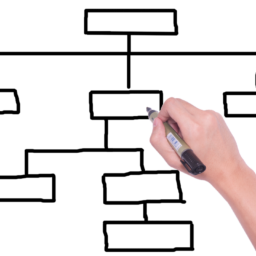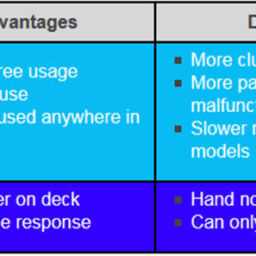Electric fly traps, also known as “bug zappers”, are devices that that use an electrical current to kill insects. All electric fly traps have the same basic design in which a square or sometimes lantern shaped box contains a light bulb to lure insects, and houses a transformer and double layer of electrified metal wire mesh. The bug flies through the spaces in the mesh and completes the circuit on contact. The bug is “zapped” and killed immediately.
There are electric fly traps that can be used both in and outdoors, however it’s important that you choose the right bug zapper for your purpose. An outdoor model should not be used indoors, as this could prove dangerous. Here are some advantages and disadvantages to using electric fly traps:
Electric fly traps leave minimal mess, unlike other type of fly and insect elimination. Bug sprays, for example, leave bug carcasses laying around your home and release chemical compounds into the air. While these are considered safe when used properly, you may not want to expose your family to these chemicals. Fly strips are another alternative to bug zappers, but these are unsightly, and no one wants to touch the strips to dispose of the insect carcasses stuck to the tape. Indoor bug zappers and some outdoor ones have a collection container where the dead bugs fall once they have been zapped.
Electric fly traps are reusable, unlike sprays and strips which have to be replaced frequently. Indoor bug zappers are also much more attractive than fly strips, which most people would not want guests to see (and indeed, they’d prefer not to see themselves!). Many bug zappers are designed to look like lanterns and can blend with the decor of a home or patio.
One disadvantage of electric fly traps is that they may not lure all kinds of insects. This is not a problem if flies are the main issue, but if you want to attract mosquitoes as well, not all bug zappers will do the trick. This is because mosquitoes are not attracted to light like other flying insects. There are, however, models of bug zappers that emit a substance called Octenol, which attracts mosquitoes.
Another issue that may concern some is that because bug zappers tend to lure certain insects, they can create an imbalance in the surrounding environment when used outdoors. There is no concrete evidence to show that this is absolutely the case, but it is a concern for some. This is not necessarily of great concern, since many people only use outdoor bug zappers for patio parties and other social gatherings outdoors. Indoor electric fly traps do not cause this problem.
Electric fly traps are an effective way to control flies, gnats and other bothersome flying insects. When used indoors, the effectiveness of a bug zapper can be improved by placing them in areas where high bug traffic is observed. This is because the effectiveness of a bug zapper depends on an insect sensing the light and being lured into the device to be “zapped”.
Overall, electric fly traps are a solid investment for those who have a persistent problem, whether inside the home or out. They are reusable, effective, can blend with the ambiance of the inside or outside of a home, and eliminate much of the “ick” factor when it comes to eliminating flies and other flying insects.
BY by GAHZLY
#Electric #Fly #Traps #Advantages #Disadvantages


